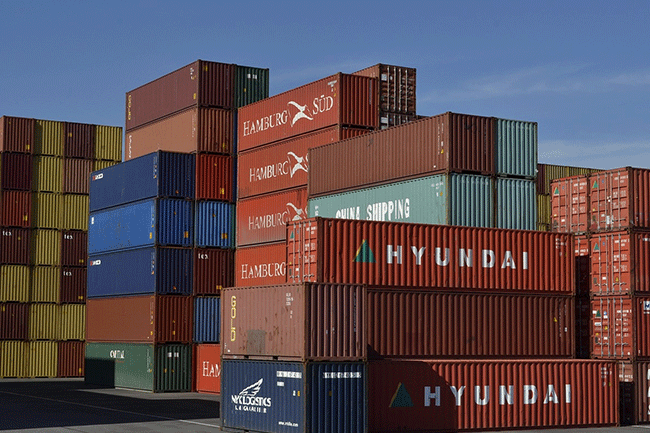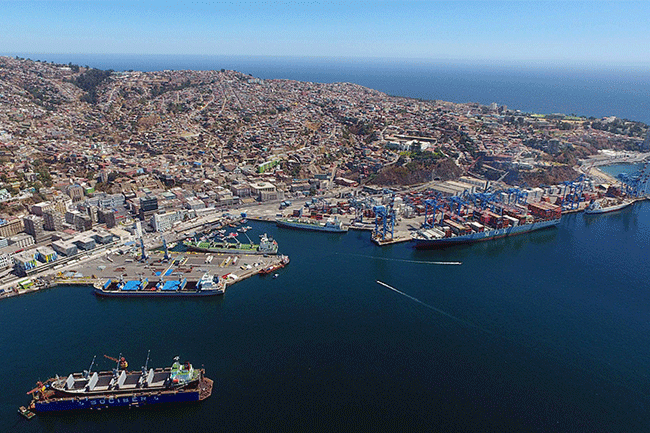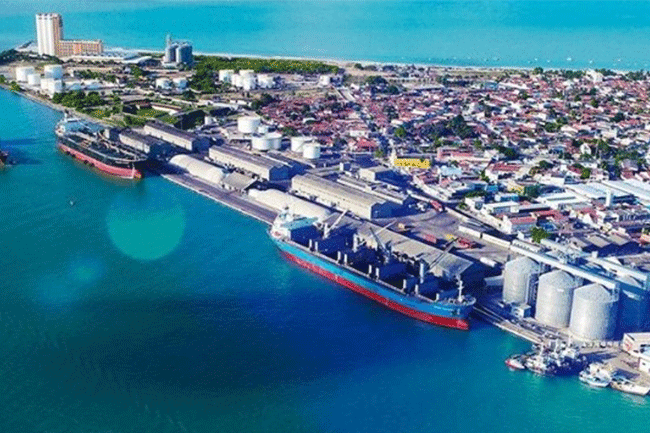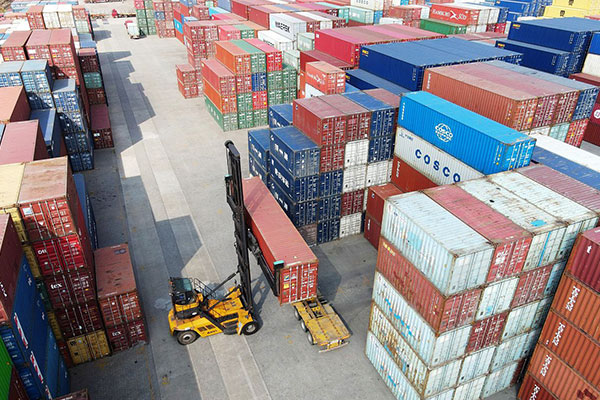- Shanghai Zhongshen International Trading Co., Ltd. – Your reliable partner with 20 years of import/export agency service expertise.
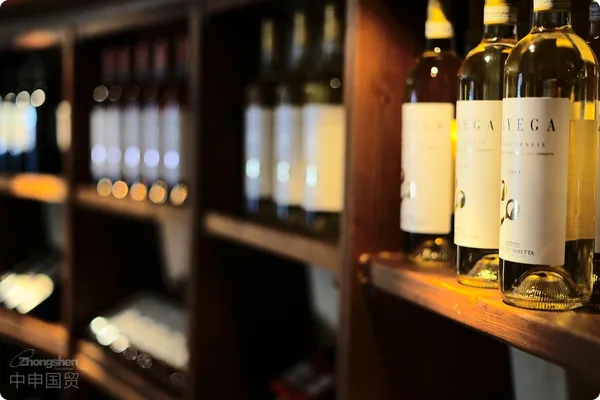
The Unseen Obstacles Behind the Booming Imported Wine Market: Why Are Professional Agents the Key to Success?
In recent years, the annual growth rate of the domestic imported wine consumption market has exceeded 15%. However, behind this seemingly prosperous trade, there are hidden problems such as errors and omissions in documents, logistics delays, and so on.Convert foreign exchange into RMBFaced with multiple challenges such as delays and logistical difficulties. According to customs data, in 2023, red wine accounted for 22% of the cases of returned imported food due to non-compliance with documentation requirements. For inexperienced importers, every step from contract signing to final delivery could become a potential risk point—this is precisely why professional services are crucial in this industry.foreign tradeThe value of an agent lies in...
Document Processing: The "Invisible Key to Customs Clearance" for Imported Wine
The single document system for imported red wine is one of the most complex categories in food trade. According to the requirements of the Chinese Customs, in addition to the basic commercial invoice, packing list, and bill of lading, the following documents are also required: ① A health certificate officially issued by the exporting country (which must state that it "meets Chinese food safety standards"); ② Origin Certificate③ Ingredient analysis report (which shall list key indicators such as alcohol content and sulfur dioxide content); ④ Chinese label samples and translation documents (which shall comply with the General Principles of Labeling for Prepackaged Foods GB 7718-2011).
Zhong Shen International Trade Co., Ltd.The document team of ABC Company adopts a "three-review system" process: completing the first pre-review within 48 hours after receiving the order (focusing on verifying the validity of certificates and the compliance of labels); initiating the second review 10 days before the goods arrive at the port (matching the regulatory conditions of HS code 2204210000); and conducting the final verification on the day of customs clearance (ensuring that the accompanying documents correspond to the actual container). According to the 2023 data, the average time required for customs clearance of documents processed through this process was shortened by 3.2 days, and there were no records of goods being returned due to document-related issues.
Russian Market: How Can VTB's Foreign Exchange Settlement Advantages Resolve Payment Challenges?
In recent years, the trade of Russian wine to China has seen explosive growth, but foreign exchange settlement has always been a key pain point. Affected by fluctuations in the international payment system, traditional SWIFT channels often experience delays in payment arrival or the risk of payment rejection. Zhong Shen International Trade relies on its long-term cooperation with VTB Bank of Russia to create a dedicated foreign exchange settlement channel, which offers three key advantages:
- Process simplification: No need to open an additional overseas account. You can directly connect to VTB through domestic cooperative banks.?Forex Settlement?The documents required are only the contract, invoice, and bill of lading, ensuring that these three documents are consistent with each other. This reduces the number of required documents by 40% compared to conventional channels.
- Exchange Rate Lock - in: Support T+1 real-time exchange rate locking service, allowing clients to agree on the exchange rate when placing an order, thereby avoiding the risk of ruble fluctuations;
- Time - limit guarantee: The test data shows that for cross-border remittances via the VTB channel, 90% of the funds can be credited within three working days, which is 5-7 days faster than other channels.
Taking the import of 5,000 bottles of Russian red wine by a client in 2023 as an example, by using the VTB foreign exchange channel, not only did they save 1.2% in intermediary bank fees, but also received the funds promptly, completed customs clearance 15 days earlier, and successfully seized the peak sales season of the Mid-Autumn Festival.
Southeast Asian Market: Customized Solutions for the Entire Supply Chain Process
Southeast Asia is an emerging source of imported red wine for China. In 2023, the import volume from ASEAN increased by 28% year-on-year. However, the customs clearance rules vary significantly across different countries. Zhong Shen International Trade Co., Ltd. has summarized a "3+2" process model for mainstream markets (such as Thailand, Vietnam, and Indonesia):
Preparation in the early stage (3 core actions)
- Tariff Optimization: Utilize the tariff rates of the RCEP agreement and apply for the FORM E certificate of origin 30 days in advance (for some products, the tariff can be reduced from 14% to 0%);
- Pre-audit of labels: For the Indonesian market, an additional Halal certification statement is required (not mandatory but recommended), and we assist clients in completing the translation and notarization process.
- Logistics planning: For small batches (500 boxes), FCL full container loads are recommended (to reduce the risk of cargo damage).
The customs clearance stage (2 key milestones)
- 24 hours before arrival: Transmit the "pre-entry form" to the customs and simultaneously submit the electronic version of the health certificate (some ports support the "release first, inspect later" policy);
- Inspection Response: If you encounter a customs sampling (with a probability of about 15%), prepare backup samples in advance (it is recommended to prepare 5% more samples) and provide the HACCP certification of the production enterprise as quality evidence.
In 2023, a client in Shenzhen encountered a problem when importing Vietnamese red wine. Due to failing to apply for a FORM E in advance, they ended up paying an additional tax of 80,000 yuan. After Zhong Sheng International Trade intervened, the client optimized the import process the following year, saving over 12% of the total cost per shipment.
Current Trade Situation: Strategies for Coping with Challenges and Seizing Opportunities
In 2024, the international trade environment exhibited a "dual track feature": on the one hand, global supply chain fluctuations (such as shipment delays caused by the Red Sea crisis) and some countries raising food access thresholds (such as Russia's new electronic labeling system for alcoholic beverages) increased operational difficulties; on the other hand, the deepening implementation of the RCEP and the increasing proportion of local currency settlement in Sino-Russian trade (reaching 90% in 2023) created new opportunities.
For importers, it is recommended to focus on the following aspects: ① Logistics planning: Collaborate with agents to develop a "main route + backup route" plan (e.g., opting for the Cape of Good Hope route in case of the Red Sea crisis). ② Regulatory updates: Obtain monthly "key market policy briefings" from agents (covering changes to Russia's EAEU certification requirements, new import licensing rules in Indonesia, etc.). ③ Certification coordination: Although Zhong Shen International Trade does not directly handle certifications (e.g., China Customs registration for overseas food producers), it can assist in compiling required document lists (e.g., ISO 22000 certificates for factories, official recommendation letters) and liaise with third-party compliance agencies.
Conclusion: The value of professional agency lies in making the "complex" return to the "simple".
The trade chain of imported red wine essentially hinges on meticulous attention to detail—a typo in a single document might lead to a return shipment, a delay in a logistics link could miss a sales window, and a delay in foreign exchange settlement could tie up funds. The core competence of professional agents lies in transforming these "uncontrollable" factors into "predictable" ones. Whether it's the VTB foreign exchange settlement convenience in the Russian market or the full-process customized solutions in Southeast Asia, the ultimate goal is to enable importers to focus more on market expansion rather than being bogged down by customs clearance details.
? 2025. All Rights Reserved.
